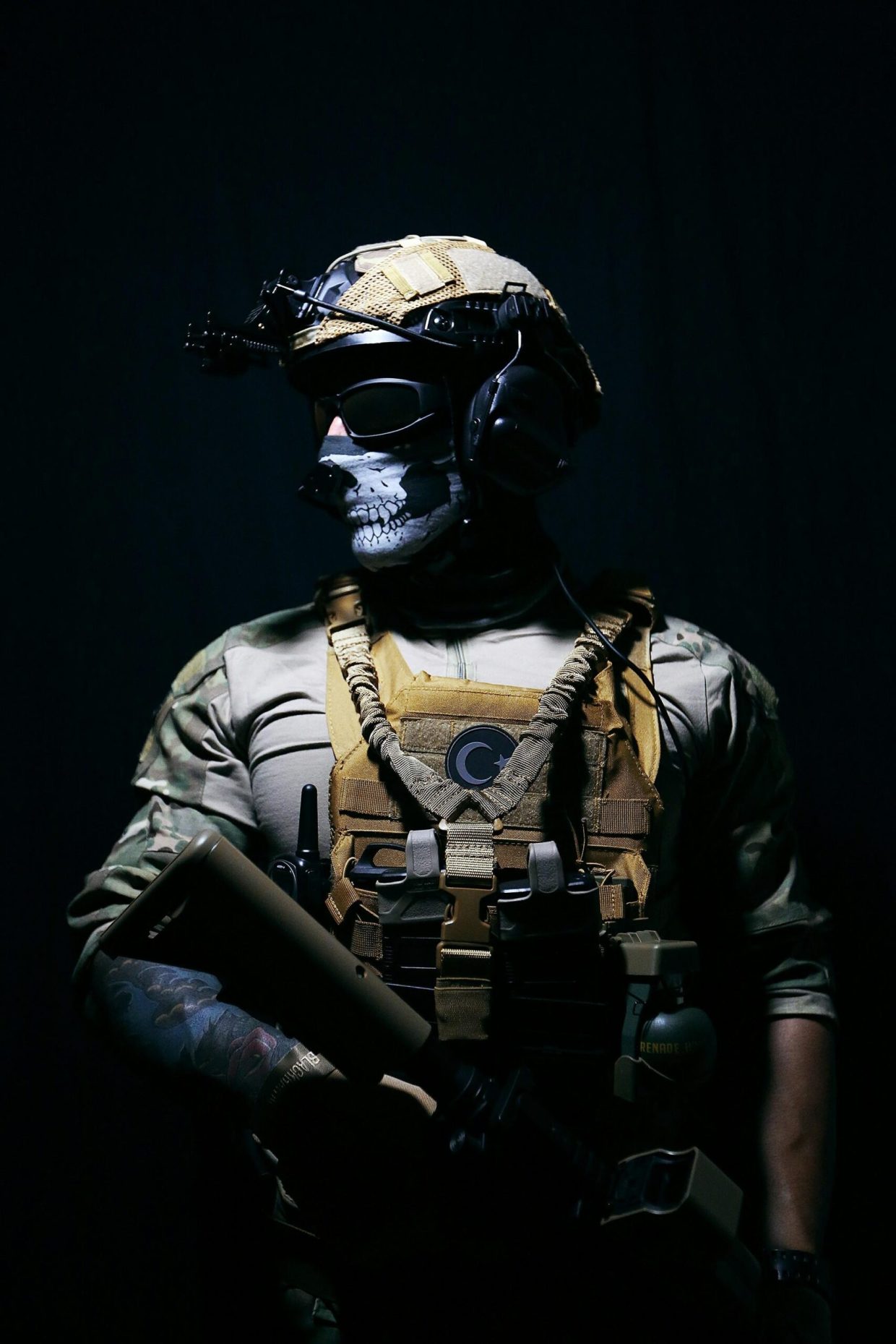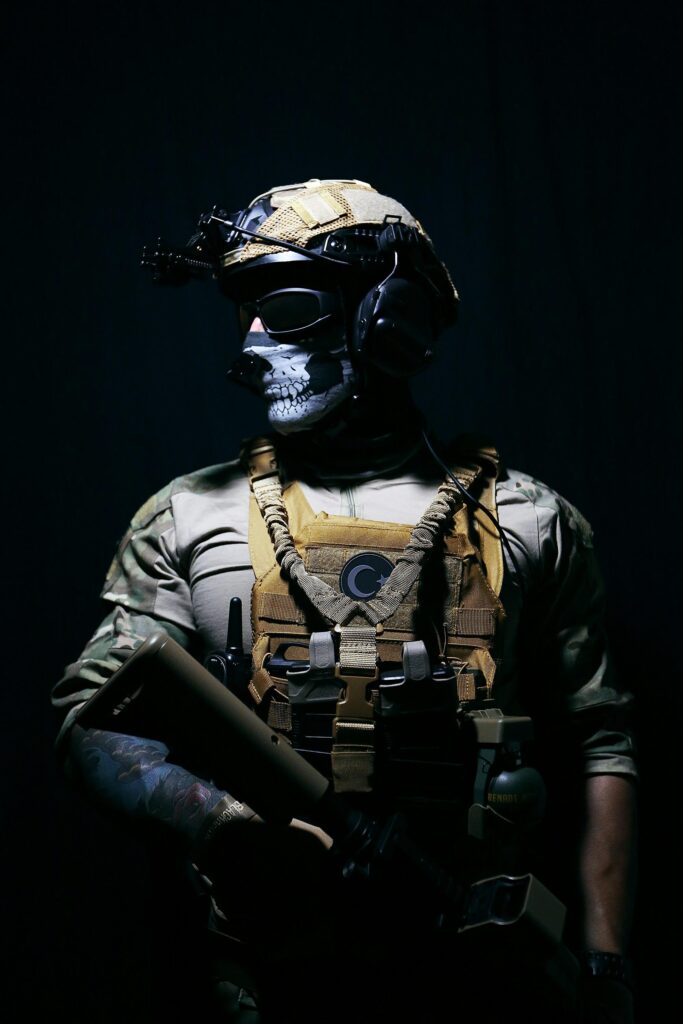In modern military operations, the demand for enhanced soldier performance, endurance, and protection has driven significant advancements in wearable technology. Exoskeleton suits represent a pivotal innovation, integrating sophisticated robotics, materials science, and biomechanics to augment the physical capabilities of soldiers on the battlefield. By reducing fatigue, increasing load-carrying capacity, and improving mobility, these systems have the potential to redefine tactical effectiveness and operational readiness. This article examines the current state of exoskeleton suit development for military applications, exploring their design principles, performance metrics, and the challenges that must be addressed to achieve widespread adoption in combat environments.
Table of Contents
- Exoskeleton Suit Design Principles for Enhanced Soldier Mobility
- Integrating Power Management Systems for Extended Operational Endurance
- Tactical Advantages of Load-Bearing Exoskeletons in Combat Scenarios
- Implementation Strategies and Training Protocols for Effective Deployment
- Closing Remarks
Exoskeleton Suit Design Principles for Enhanced Soldier Mobility
The foundation of effective exoskeleton suit design lies in harmonizing mechanical assistance with human biomechanics. To amplify soldier mobility without compromising agility, engineers focus heavily on ergonomic alignment — ensuring the suit’s joints correspond precisely with the wearer’s natural anatomical points. This careful calibration minimizes resistance and prevents fatigue during extended operations. Materials are selected not only for strength and durability but also for lightweight properties, integrating advanced composites and flexible actuators that conform dynamically to movement while distributing weight evenly across the body.
Furthermore, integrated control systems play a pivotal role in responsiveness and adaptability. Using sensor arrays and real-time feedback loops, the suit adjusts its support based on terrain, load, and motion velocity, thus enhancing tactical maneuverability. Critical elements include:
- Adaptive power assistance: Modulating force output to match soldier intent and activity levels.
- Intuitive user interfaces: Allowing seamless control via neural or muscular input without cognitive overload.
- Modular architecture: Enabling customization and rapid repairs in the field for mission-specific requirements.
These principles ensure the exoskeleton functions not as a cumbersome apparatus but as an extension of the wearer’s natural capabilities, redefining operational endurance and combat readiness.
Integrating Power Management Systems for Extended Operational Endurance
The integration of advanced power management systems is crucial for enhancing the operational endurance of exoskeleton suits on the battlefield. These systems incorporate high-density energy storage solutions such as lithium-ion batteries with rapid recharge capabilities, combined with intelligent energy distribution networks that adapt power output depending on real-time activity demands. This dynamic allocation minimizes energy waste and extends mission duration by prioritizing critical functions like mobility assistance, load-bearing support, and communication devices. Furthermore, incorporating renewable energy harvesters, including kinetic and solar harvesting modules, helps sustain the exoskeleton’s power supply without the need for frequent battery swaps or external recharging.
Another key aspect is implementing robust energy management protocols that leverage smart algorithms to monitor and regulate power usage continuously. These systems feature:
- Predictive power consumption models that forecast usage patterns based on soldier activity.
- Fail-safe mechanisms ensuring uninterrupted operation even during sudden power surges or drops.
- Modular power units allowing swift replacement and upgrades in harsh combat environments.
Collectively, these innovations ensure that soldiers can rely on their exoskeleton suits for extended periods without compromising tactical effectiveness or safety, fundamentally transforming endurance capabilities on the modern battlefield.
Tactical Advantages of Load-Bearing Exoskeletons in Combat Scenarios
Load-bearing exoskeletons enhance soldier effectiveness by significantly amplifying physical endurance and reducing fatigue. By distributing the weight of heavy equipment across the entire frame, these suits allow soldiers to carry increased ammunition, medical supplies, and advanced weaponry without the typical strain that slows operational tempo. This improved load management translates directly into longer patrols, faster movements over rough terrain, and sustained combat readiness in prolonged engagements. Moreover, the exoskeleton’s powered assistance minimizes musculoskeletal injuries, elevating overall troop survivability and minimizing downtime due to physical strain.
Beyond individual physical augmentation, exoskeletons provide strategic tactical advantages by facilitating enhanced mobility and stability under fire. Soldiers equipped with these systems can execute rapid repositioning and maintain steadier aim during dynamic combat situations, improving both offensive and defensive capabilities. Key benefits include:
- Enhanced sprint speed and load-bearing agility, enabling expedited tactical maneuvers and rapid evasion.
- Improved balance and recoil control, which supports precision marksmanship in high-pressure environments.
- Lowered thermal and acoustic signature, aiding stealth operations through advanced material engineering integrated within the frame.
- Augmented situational awareness via integrated sensors and real-time data overlays, supporting faster decision-making on the battlefield.
These compounded advantages redefine the operational capabilities of infantry units, empowering them to execute complex missions with increased effectiveness and reduced physical limitation.
Implementation Strategies and Training Protocols for Effective Deployment
Successful integration of exoskeleton suits into military operations requires a meticulously crafted rollout plan that prioritizes both hardware adaptation and soldier acclimatization. Initial deployment should focus on modular training regimens, divided into physical conditioning, operational familiarization, and maintenance procedures. Emphasis on incremental skill acquisition ensures soldiers can progressively master complex suit functionalities without compromising mission readiness. Furthermore, cross-functional teams comprising engineers, trainers, and field operatives must collaborate to tailor the suits’ mechanical and software interfaces to diverse environmental conditions and combat scenarios.
Training protocols must incorporate a blend of theoretical instruction and immersive simulations that replicate battlefield stressors, enabling soldiers to develop intuitive control over adaptive exoskeleton features under duress. Critical components of this training include:
- Biomechanical feedback analysis to optimize posture and minimize fatigue.
- Emergency override drills that address potential system failures.
- Team coordination exercises to maintain unit cohesion while leveraging suit capabilities.
By continuously refining these strategies through field data and soldier feedback, military organizations can achieve a high level of operational efficiency and safety, ensuring that exoskeleton technology serves as a force multiplier rather than an operational liability.
Closing Remarks
In conclusion, the development and integration of exoskeleton suits present a transformative opportunity to augment soldier capabilities on the battlefield. By enhancing strength, endurance, and situational awareness, these advanced systems have the potential to significantly improve tactical performance while reducing the physical strain and injury risk for military personnel. Continued interdisciplinary research, rigorous field testing, and iterative design improvements are essential to address current technological limitations and ensure reliability under diverse operational conditions. As exoskeleton technology matures, its adoption will likely redefine standards of combat readiness and effectiveness, marking a pivotal evolution in modern warfare.












